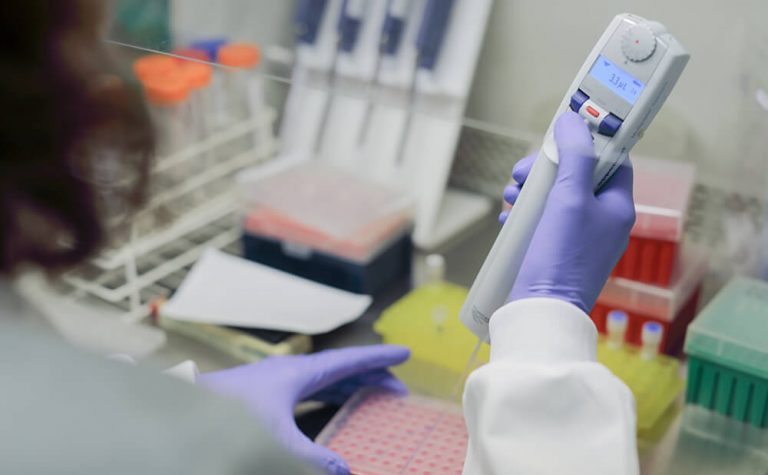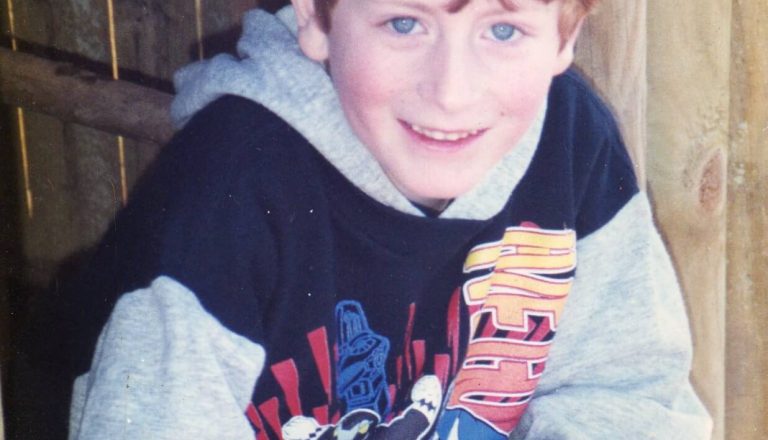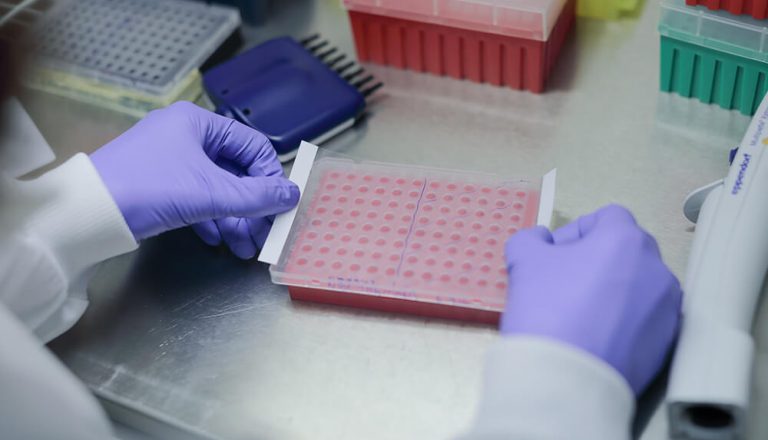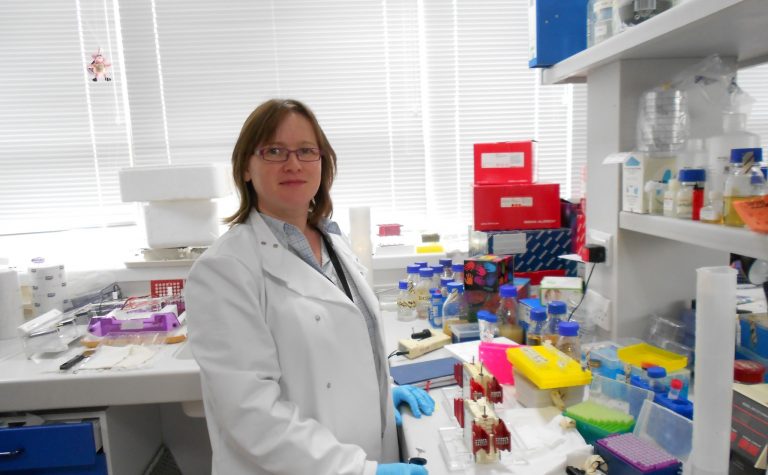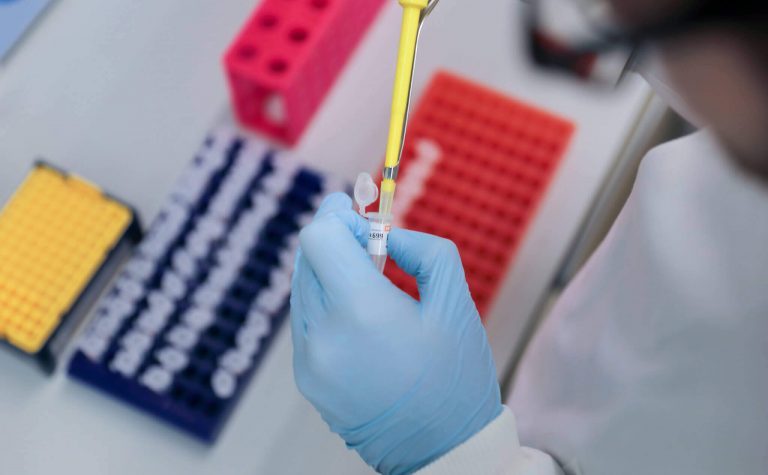Project Details
Project Title
Why do increasing numbers of second cancers occur within five years of diagnosis of childhood cancer?
Lead Researcher
Charles Stiller
Research Centre
University of Oxford
City & Institution Postcode
Oxford, OX1 3BD
Start Date
1 April 2012
Duration
2 years
Grant Amount
£71,585
